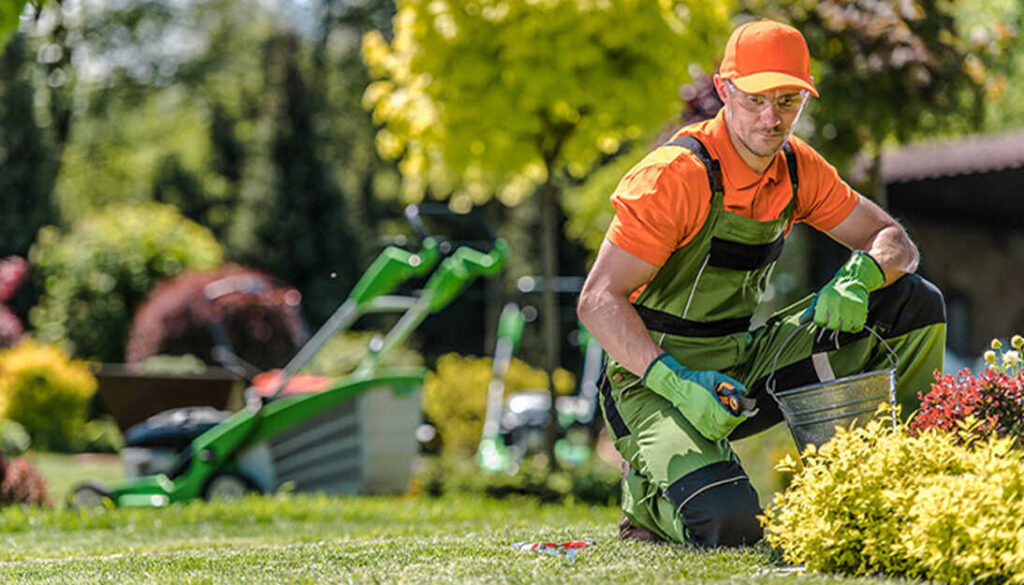
Grasping Your Nursery Climate
Developing and keeping a sound nursery is fundamental for any landscaper’s prosperity. Knowing the climate in which you will develop your plants is the initial step to upgrading the strength of your nursery. Understanding your nursery climate includes getting comfortable with the environment, soil, pH levels, seepage, local plants and creatures, and other ecological components that could influence the development and advancement of the plants in your nursery.
Finding an opportunity to find out about your nursery climate will be an advantageous venture – one that will save time, assets, and energy through a more educated and successful dynamic in landscapers’ preparation and stewardship of their nurseries. The prizes of a superior oversaw nursery will be found in better reaps and garden feel as well as in the worth added delivered by a flourishing and supportable nursery.
Picking the Right Planting Devices
Planting is a compensating side interest that can give satisfaction and add excellence to any outside space. A significant piece of any fruitful planting experience is having the right cultivating apparatuses for the gig. Choosing the right devices can have an immense effect on how rapidly, productively, and securely a groundskeeper can finish their work. For any groundskeeper, having dependable, all-around planned cultivating devices is fundamental for accomplishing desired results.
Picking the right planting apparatuses relies generally upon the sort of cultivating project that the landscaper has as a top priority. Hand apparatuses like pruners, scoops, digging tools, and rakes are many times the most significant instruments for groundskeepers. Power instruments like clippers, trimming tools, and grass cutters are superb for greater errands. Focusing on the weight and development of the instruments is significant since they ought to be intended to fit the level and strength of the landscaper securely.
For fledgling groundskeepers simply beginning, multipurpose devices might be a decent choice, as they frequently offer the capability of a few instruments in one. Moreover, planting units bundled with different instruments might be a practical decision for those hoping to get everything rolling.
Experienced grounds-keepers might pick to put resources into specialty apparatuses for explicit sorts of planting errands. These devices might offer more noteworthy accuracy and steadiness, like a bulb grower. They ought to be thought of, particularly since some nursery assignments are challenging to perform with multipurpose or standard planting apparatuses.
Regardless of the expertise level, financial plan, or kind of venture, gardeners must pick cultivating instruments that address their issues and that suit the errand they are embracing. Quality materials, solid development, and ergonomic plans are extremely significant variables to consider while putting resources into planting apparatuses. With the right venture, planting can turn into a significantly more pleasurable and proficient interaction.
Procedures for Watering and Focusing on Your Plants
As a groundskeeper, knowing the fundamental methodologies for watering and focusing on your plants is significant. To guarantee the well-being and life span of your plants, it’s critical to comprehend how frequently and the amount to water every one of your plants, as well as the sorts of care and support they might require. By understanding the essentials of appropriate watering and focusing on your plants, you’ll have the option to recognize solid and undesirable plants. Also, getting some margin to audit these methodologies will assist with guaranteeing your plants stay energetic and sprouting for quite a long time into the future.
Regarding legitimate watering, the two most significant elements are predictable watering and the perfect proportion of water. It’s critical to ensure that your plants are getting the perfect proportion of water consistently. Too little water can prompt your plants to evaporate, while an excess of water can make your plants waterlogged. Also, you ought to guarantee that water can appropriately empty your plants to diminish the gamble of sickness and decay from overwatering. As a rule, the best opportunity to water your plants is in the first part of the day, so the plants get an opportunity to get dry by the night.
With regards to really focusing on your plants, you’ll have to guarantee that the plants get sufficient sun, supplements, and insurance. Each plant will have its own specific sun needs, and it’s vital to guarantee that your plants are getting enough yet not an excess of daylight. Also, you’ll have to ensure that your plants are getting the right sort of supplements. Manure can assist with keeping your plants sound, as can adding nature make a difference to your dirt. At long last, you’ll need to ensure that your plants are shielded from the two irritations and cold or outrageous temperatures.
Through a blend of legitimate watering and the right sort of care and upkeep, you’ll have the option to keep your plants solid and blossoming long into the future. With the right techniques and information, you’ll have the option to certainly keep your plants thriving without the gamble of over- or under-watering. By carrying out the systems for watering and focusing on your plants, you’ll have the option to guarantee that your plants stay solid and delightful.
Plant Variety and Developing Seasons
The investigation of plant variety and the impacts of developing seasons is of most extreme significance to landscapers and botanists the same. The recurring pattern of the environment can radically affect the existence patterns of specific plants, while it might not affect others. By acquiring a superior comprehension of which plant species are impacted by which seasons, grounds-keepers can all the more likely set up their nurseries for a fruitful development period, or might have the option to change a nursery to adjust local species effectively. Plant variety is a tremendous and complex field, and understanding the impacts of occasional changes on unambiguous plant species can show distinct contrasts between very much like plants.


